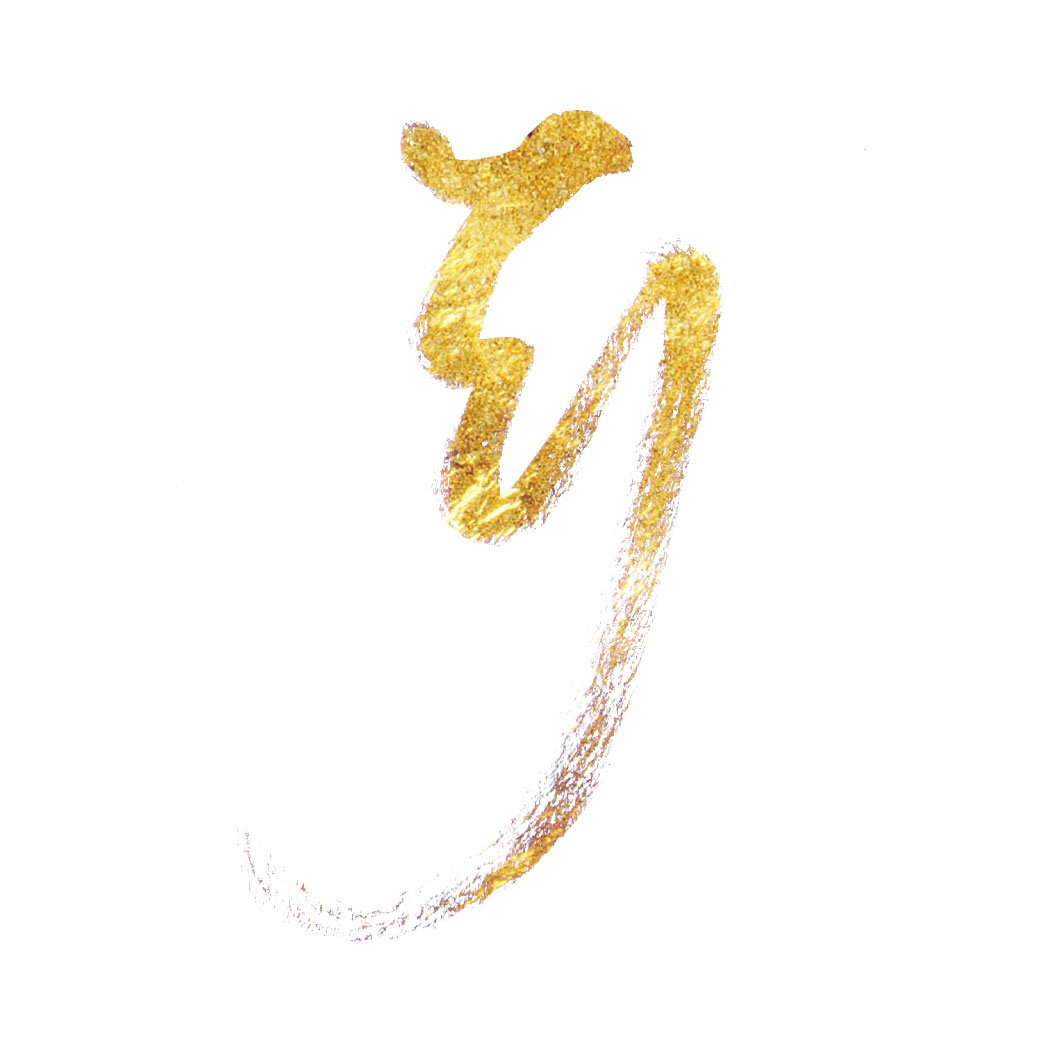Origin of Maori Tattoo, Tā moko
 Research in tattoo and spirituality pushes you to understand it history and rituals. The problem is always to understand its cultural language. Not much seems to be available, I guess the best solution will be to go over there, find a master who can explains its symbolic.
Research in tattoo and spirituality pushes you to understand it history and rituals. The problem is always to understand its cultural language. Not much seems to be available, I guess the best solution will be to go over there, find a master who can explains its symbolic.
Anyway, I found a few resources online, I hope it will help you get an idea of its origins. I wouldn't recommend anyone to get a maori tattoo without understanding its symbolic.
Introduction From the new zealand history website
The word "tattoo" comes from the Tahitian word "tatau". Captain James Cook used the word "tattow" when he witnessed tattooing for the first time in Tahiti, in 1769.
According to Māori mythology, tattooing commenced with a love affair between a young man by the name of Mataora (which means "Face of Vitality") and a young princess of the underworld by the name of Niwareka.
One day however, Mataora beat Niwareka, and she left Mataroa, running back to her father's realm which was named "Uetonga".
Mataora, filled with guilt and heartbreak followed after his princess Niwareka. After many trials, and after overcoming numerous obstacles, Mataora eventually arrived at the realm of "Uetonga", but with his face paint messed and dirty after his voyage. Niwareka's family taunted and mocked Mataora for his bedraggled appearance. In his very humbled state, Mataora begged Niwareka for forgiveness, which she eventually accepted. Niwareka's father then offered to teach Mataora the art of tattooing, and at the same time Mataora also leant the art of Taniko - the plaiting of cloak borders in many colours.
Mataora and Niwareka thus returned together to the human world, bringing with them the arts of ta moko and taniko.
According to archaeological evidence, tattooing came to New Zealand from Eastern Polynesian culture.
The bone chisels used for tattooing can be found in archaeological sites of various ages in New Zealand, as well as in some early Eastern Polynesian sites. Although the Māori practiced tattooing, there is no evidence that the Moriori people did.
In New Zealand, It is in the early sites that the widest chisel blades are found, and this lends evidence to the theory that there was possibly a preference towards rectilinear tattoo patterns in earlier times.
The head was considered the most sacred part of the body, and because tattooing caused blood to run the tattoo craftsmen, or "tohunga-ta-oko", were very tapu persons. All high-ranking Māori were tattooed, and those who went without tattoos were seen as persons of no social status.
Tattooing commenced at puberty, accompanied by many rites and rituals. In addition to making a warrior attractive to women, the tattoo practice marked both rites of passage and important events in a person's life.
There were certain prohibitions during the tattooing process, and for the facial tattoo in particular sexual intimacy and the eating of solid foods were prohibited. In order to overcome this, liquid food and water was drained into a wooden funnel, to ensure that no contaminating product came into contact with the swollen skin. This was also the only way the tattooed person could eat until his or her wounds healed.
The full faced tattoo was very time consuming, and a good tattoo craftsman would carefully study a person's bone structure before commencing his art.
Also below, a few resources regarding Maori tattoo.
Moko Patterns and Meaning
The Moko is similar to an identity card, or passport. For men, the Moko showed their rank, their status and their ferocity, or virility. The wearer's position of power and authority could be instantly recognized in his Moko. Certain other outward signs, combined with a particular Moko, could instantly define the "identity card" of a person. For example, a chief with Moko and at the same time wearing a dog cloak could be identified as a person of authority, in charge of warriors.
These were undeniable signs of the "identity card". It would be considered a great insult if the person was not recognized as the chief he was, and this could lead to "utu" - vengeance.
The male facial tattoo - Moko - is generally divided into eight sections :
Ngakaipikirau (rank). The center forehead area Ngunga (position). Around the brows Uirere (hapu rank). The eyes and nose area Uma (first or second marriage). The temples Raurau (signature). The area under the nose Taiohou (work). The cheek area Wairua (mana). The chin Taitoto (birth status). The jaw
Ancestry is indicated on each side of the face. The left side is generally (but not always, depending on the tribe) the father's side, while the right hand side indicates the mother's ancestry. Descent was a foremost requirement before a Moko could be undertaken.
If one side of a person's ancestry was not of rank, that side of the face would have no Moko design. Likewise if, in the centre forehead area there is no Moko design, this means the wearer either has no rank, or has not inherited rank.
* wikipedia, Tā moko * wikipedia, Maori * New Zealand History * Tā moko website *Museum of New Zealand TE PAPA TONGAWERA * Uruora website Team of artists, check out their FAQ sections as they clarifying a few misconception people generally have regarding Tā moko * Culture.co NZ, Listing of important Maori websites
